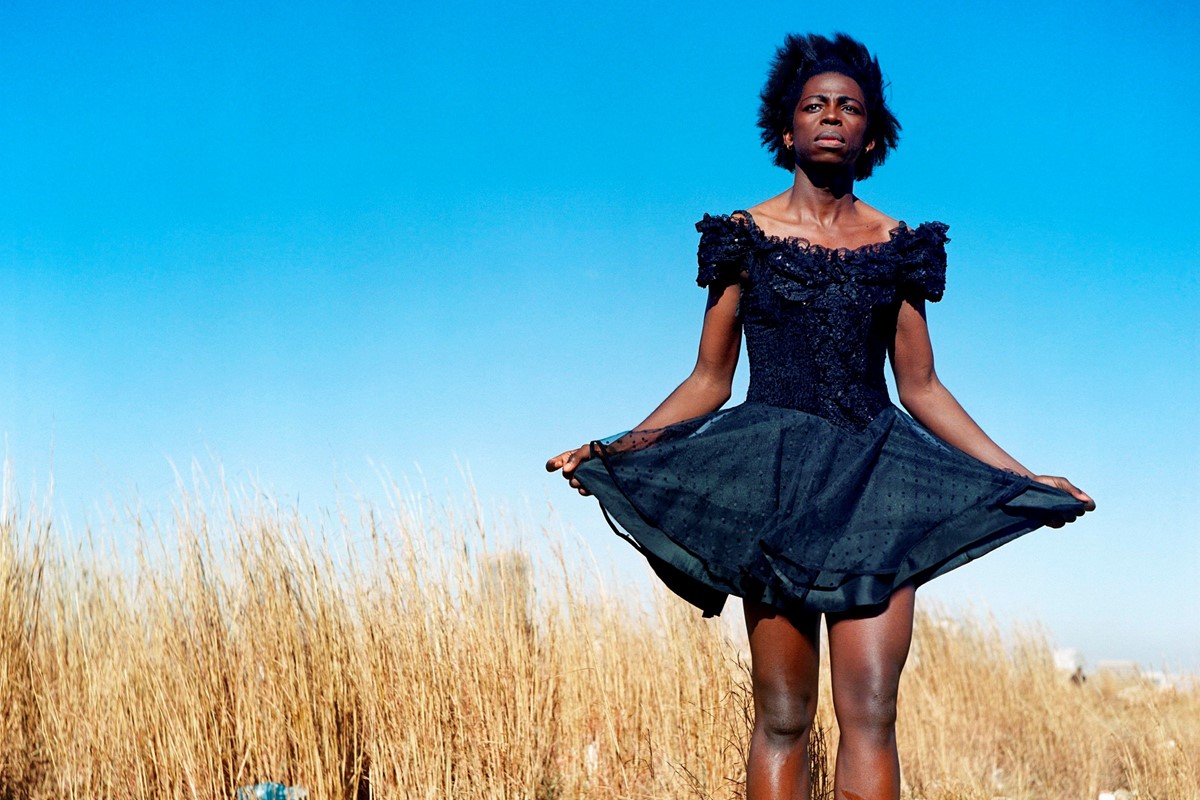Michigan Central Station
1997 - Photography (Photography)
Stan Douglas
Michigan Central Station is part of a larger photographic series, Detroit Photos , which includes images of houses, theaters, stadiums, offices, and other municipal structures. Continuing his fascination with failed modernist utopias, Douglas depicts Michigan Central Station as a monolithic, almost prison-like structure lording over a desolate landscape. Once the hub of industrial transportation, the station is now devoid of any human activity and lies fallow, surrounded by train-less tracks and vegetation-less ground. Douglas’s preoccupation with obsolete sites like this seems less concerned with revisiting or memorializing them than in reviewing the conditions of their failure.
Stan Douglas makes videos and photographs that draw on the legacy of modernism to explore the cultural, social, and political history of the twentieth century. This is evident in his reference to large-scale housing works and other public projects. It also surfaces, perhaps more unexpectedly, in his connections to that period’s cultural production, like the great “auteur” filmmakers and authors, whose grand and utopic artistic projects now seem impoverished.
Colors:
Related works featuring themes of: » Photo-Conceptualism, » Conceptual Photography, » Vancouver School, » Black-and-White Photography, » Canadian, » Cinematic, » Cityscapes

© » KADIST
Qiu Anxiong
2011A Portrait: Covering and Cleaning is an installation of six black-and-white video projections...

© » KADIST
Gareth Moore
2006Uncertain Pilgrimage is an ongoing project in which Moore draws from his unplanned travels in recent years...

© » KADIST
An-My LE
2010The print Patient Admission, US Naval Hospital Ship Mercy, Vietnam (2010) features an Asian Buddhist monk and an American Navy Solider on board the Mercy ship –one of the two dedicated hospital ships of the United States Navy– sitting upright in their chairs and adopting the same posture...

© » KADIST
Chen Chieh-Jen
2010Empire’s Borders II – Passage and Empire’s Borders II – Workers are from the three-channel film installation Empire’s Borders II – Western Enterprise, Inc...

© » ANOTHER
Zanele Muholi
Zanele Muholi’s Potent Portrait of South Africa’s Queer Community | AnOther As their new exhibition opens in San Francisco, Zanele Muholi talks about their powerful photos of queer survivors of hate crimes, couples in everyday moments, and self-portraits referencing history February 02, 2024 Text Emily Steer Zanele Muholi creates potent portraits...

© » KADIST
Matt Lipps
2011In the series Horizons (2010), Lipps uses appropriation to riff on Modernism’s fascination with abstract form...

© » KADIST
Ian Wallace
1986Wallace says of his Heroes in the Street series, “The street is the site, metaphorically as well as in actuality, of all the forces of society and economics imploded upon the individual, who, moving within the dense forest of symbols of the modern city, can achieve the status of the heroic.” The hero in Study for my Heroes in the Street (Stan) is the photoconceptual artist Stan Douglas, who is depicted here (and also included in the Kadist Collection) as an archetypal figure restlessly drifting the streets of the modern world...

© » KADIST
Wong Hoy Cheong
2009Days of Our Lives: Reading is from a series of work was created for the 10th Biennale de Lyon by the artist...

© » KADIST
Sharon Lockhart
2008Lockhart’s film Lunch Break investigates the present state of American labor through a close look at the everyday life of the workers at the Bath Iron Works shipyard—a private sector of the U...

© » KADIST
Sharon Lockhart
2008Lockhart’s film Lunch Break investigates the present state of American labor, through a close look at the everyday life of the workers at the Bath Iron Works shipyard—a private sector of the U...

© » KADIST
Wong Hoy Cheong
2009Created for the tenth Lyon Bienniale, in Days of Our Lives: Playing for Dying Mother, Wong’s ongoing negotiation of postcolonial globalization takes aim at French society...

© » KADIST
Carlos Garaicoa
2010From the series the Old and the New (XI) by Carlos Garaicoa belongs to the series Lo viejo y lo nuevo / Das Alte und das Neue (The Old and the New) which was first exhibited in 2010 at Barbara Gross Gallery in Germany...

© » KADIST
Claudia Joskowicz
2008The primary interest in the trilogy is Joskowicz’s use of cinematic space, with long tracking shots that portray resistance to habitual viewing experiences of film and television...

© » KADIST
John Baldessari
1997In One Must , an image of a pair of scissors, accompanied by the words of work’s title, poses an ominous question about the relationship between the image and the text...






